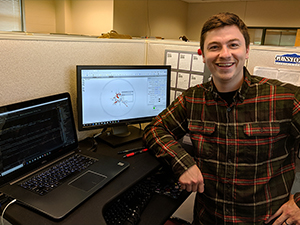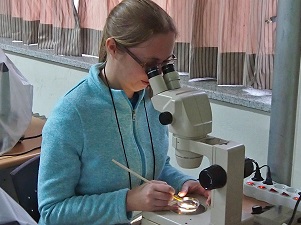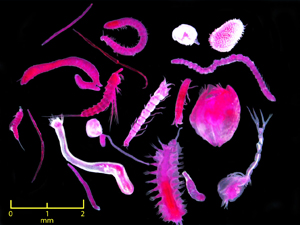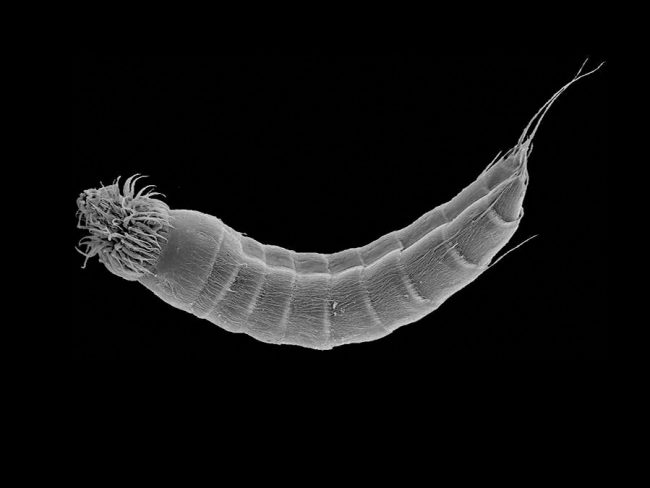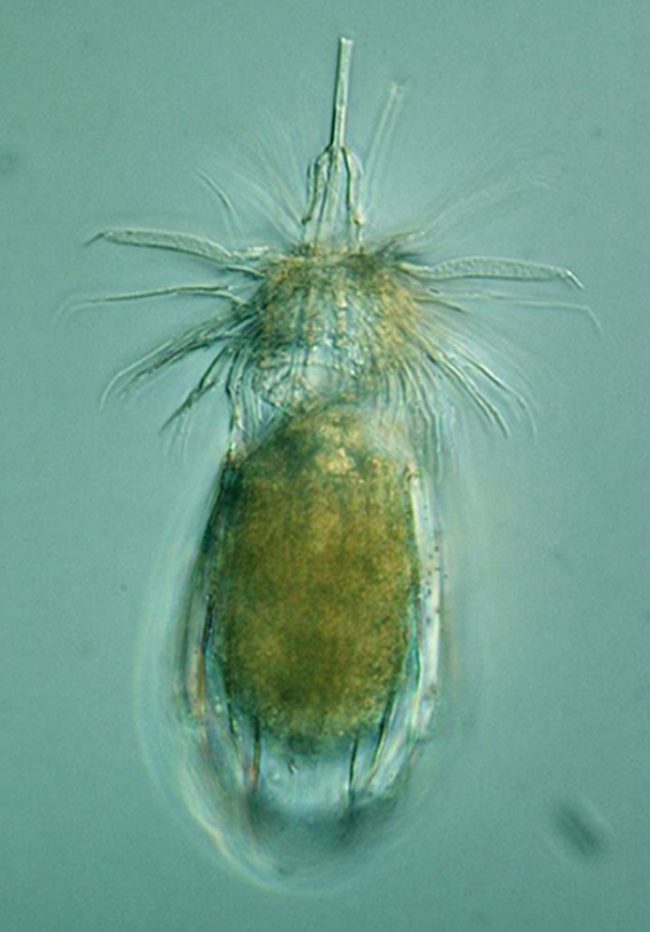Grad Student Sevigny Improves Meiofauna Genomic Analysis to Inform Oil Spill Recovery
Meiofauna are microscopic marine organisms that live between grains of sand in ocean, coastal, river, and stream sediments and provide important services such as recycling organic material in the sediment that contribute to healthy marine ecosystems.

